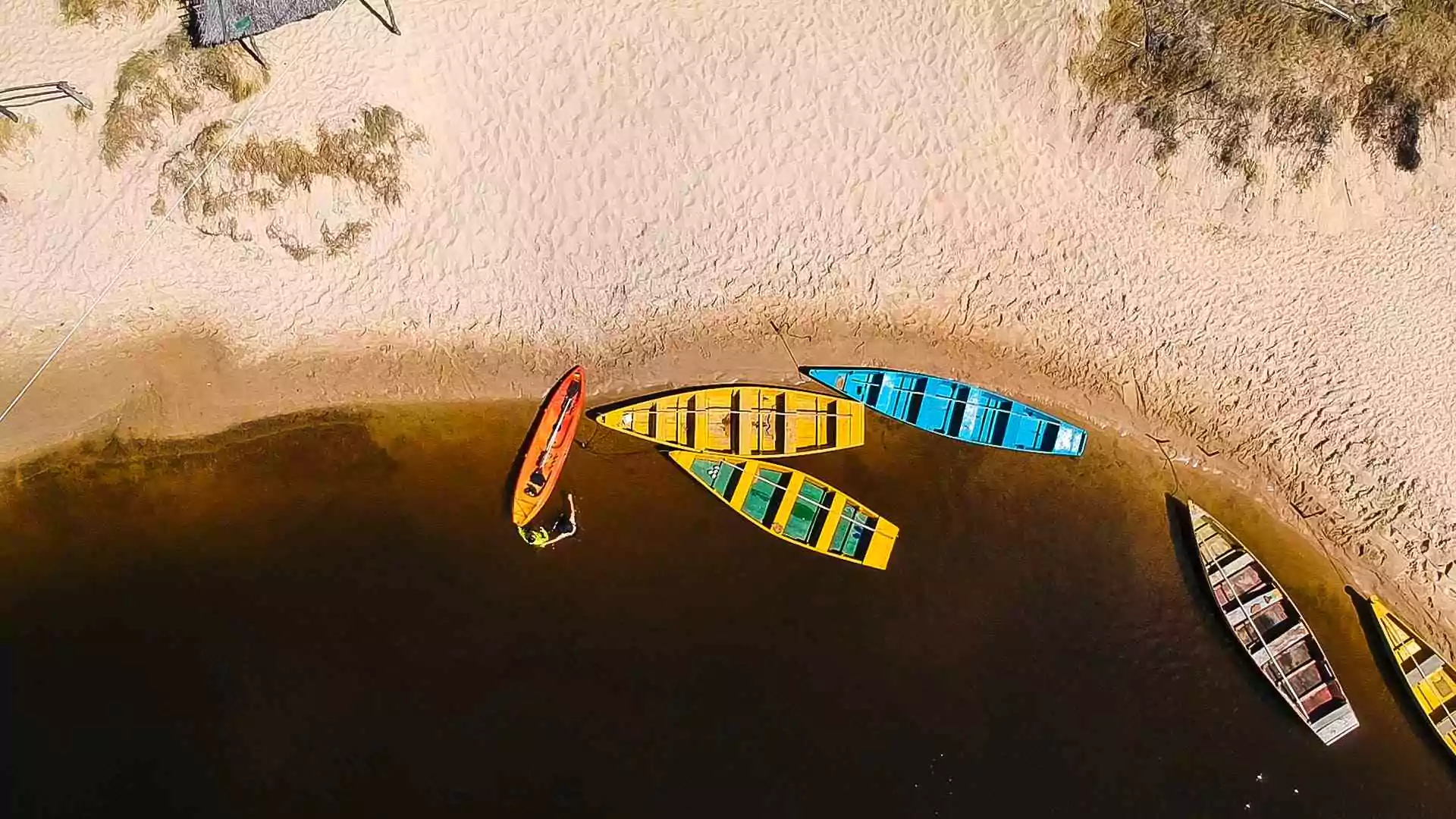Shaping Tomorrow’s Foundations: Pioneering Alternatives to River Sand in Sri Lanka’s Concrete Construction Landscape
The global demand for sand, surpassing a staggering 40 billion tons annually according to the United Nations, underscores its pivotal role in construction. In Sri Lanka, post-Tsunami, the demand for river sand skyrocketed, reaching approximately 7 to 7.5 million cubic meters per year (Piyadasa, 2011). India, ranking fourth globally in total foundry production, contributes around 7.8 million tons of foundry sand, a material high in silica that is regularly discarded by the metal industry (Hamid, 2015). The adverse impacts of sand mining are evident, particularly along the Nilwala River in Sri Lanka, where extraction has extended 50km inland from the sea, resulting in salinization of drinking water, riverbank collapse, and loss of riparian lands (Piyadasa, 2011).
To address environmental concerns, the search for alternative materials is crucial. Mamta’s (2017) research on compressive strength revealed promising results for concrete with alternative sands, with quarry dust concrete, in particular, exhibiting higher strength compared to river sand mixes at both 7 and 28 days. These statistics underscore the urgency of sustainable practices in the sand industry, emphasizing the need for regulatory measures and the exploration of viable alternatives to mitigate environmental impacts.
The importance of sand in construction cannot be overstated, as it serves as a fundamental aggregate in various building processes. Companies utilize sand in the production of goods, particularly in the construction of materials like asphalt, concrete, mortar, render, cement, and screed. In construction, sand is often laid as a layer above hardcore to provide a clean, level, and dry surface. It is also used decoratively in landscaping. The extraction of sand occurs from diverse environments such as open pits, sea beaches, riverbeds, and inland dunes, a process known as sand mining. The demand for sand worldwide has surged, with approximately 40 billion tons consumed annually, leading to increased mining activities.
However, the impacts of sand mining, especially illegal and indiscriminate practices, pose significant threats to the environment. The extraction of sand from rivers can lead to salinization of drinking water, riverbank collapse, and the loss of valuable riparian lands. Socially, it contributes to habitat destruction, mosquito breeding, diseases, water contamination, flooding, landslides, noise disturbances, reduced access to food, and increased criminal activities. Governments around the world are implementing regulations, such as permit systems, quantity reduction measures, oversight controls, corrective taxation, penalties for illegal activities, and interventions to mitigate the adverse impacts of sand mining.
In response to the environmental concerns associated with river sand mining, alternative materials have been explored. Quarry dust, a fine rock particle, can be used as a partial or full replacement for natural sand in concrete production. Manufactured sand (M-Sand) is another alternative produced by crushing hard granite stone. Foundry sand, a byproduct of the metal industry, and sea sand have also been considered. Crushed rock sand, derived from crushing quarried stone, is emerging as a viable alternative globally. Each alternative has its own set of properties, advantages, and challenges.
Testing for the replacement of river sand in concrete involves various assessments, including specific gravity, sieve analysis, bulking, workability, and compressive strength. For instance, quarry dust concrete has been found to exhibit higher compressive strength compared to sand mixes, but adjustments in water quantity are required. M-Sand, with its controlled manufacturing environment, provides better quality control and reduced environmental impact compared to river sand. Foundry sand, if utilized properly, can contribute to economical and sustainable concrete development.
The benefits of alternative sands in construction are noteworthy. They offer wide availability, controlled particle sizes, eco-friendliness, and cost-effectiveness. Moreover, alternative sands help reduce waste in landfills, improve mechanical and durability properties of concrete, and prevent environmental catastrophes associated with riverbed exploitation. As the demand for sand continues to rise, exploring and adopting these alternatives becomes crucial for sustainable construction practices.



